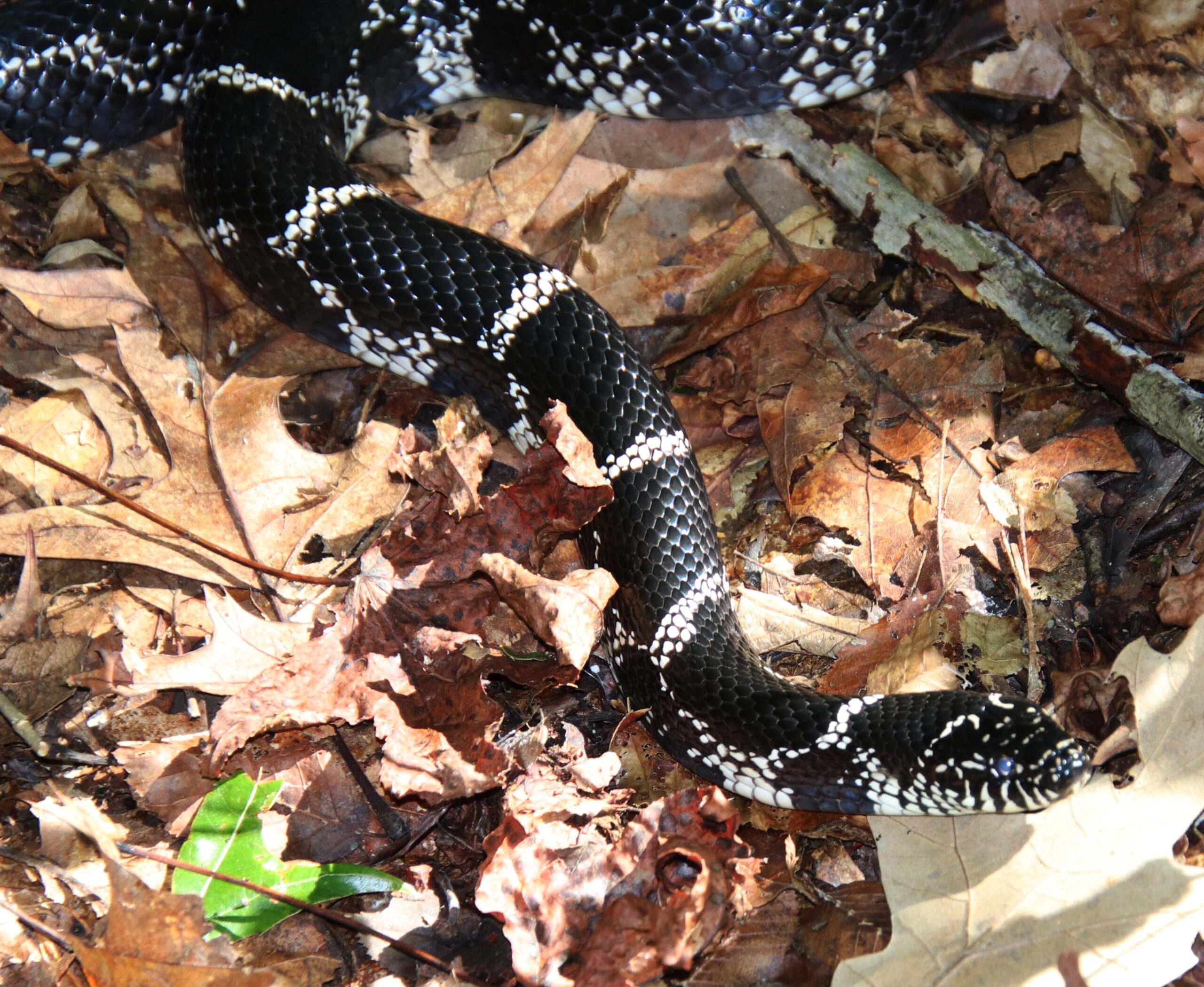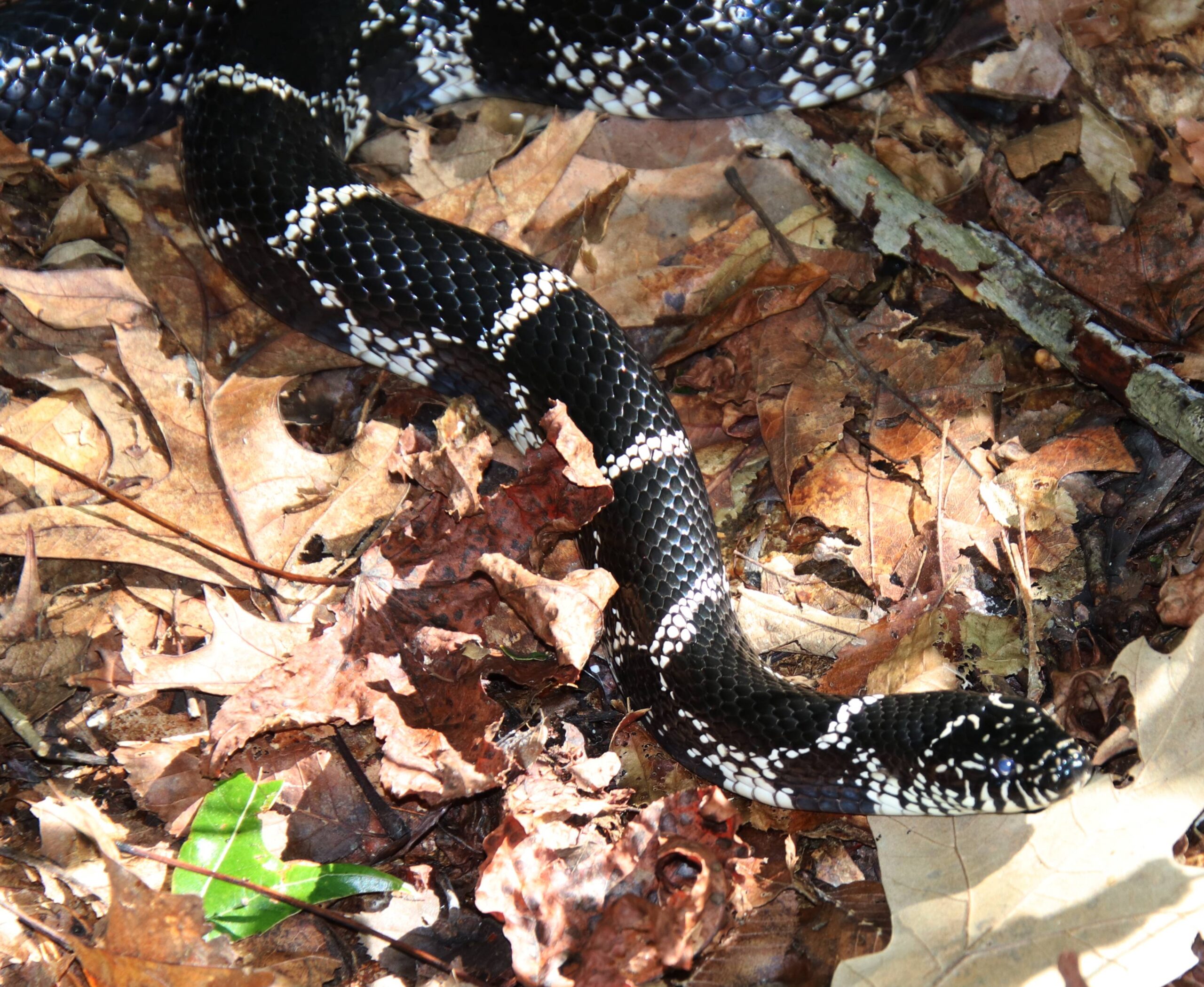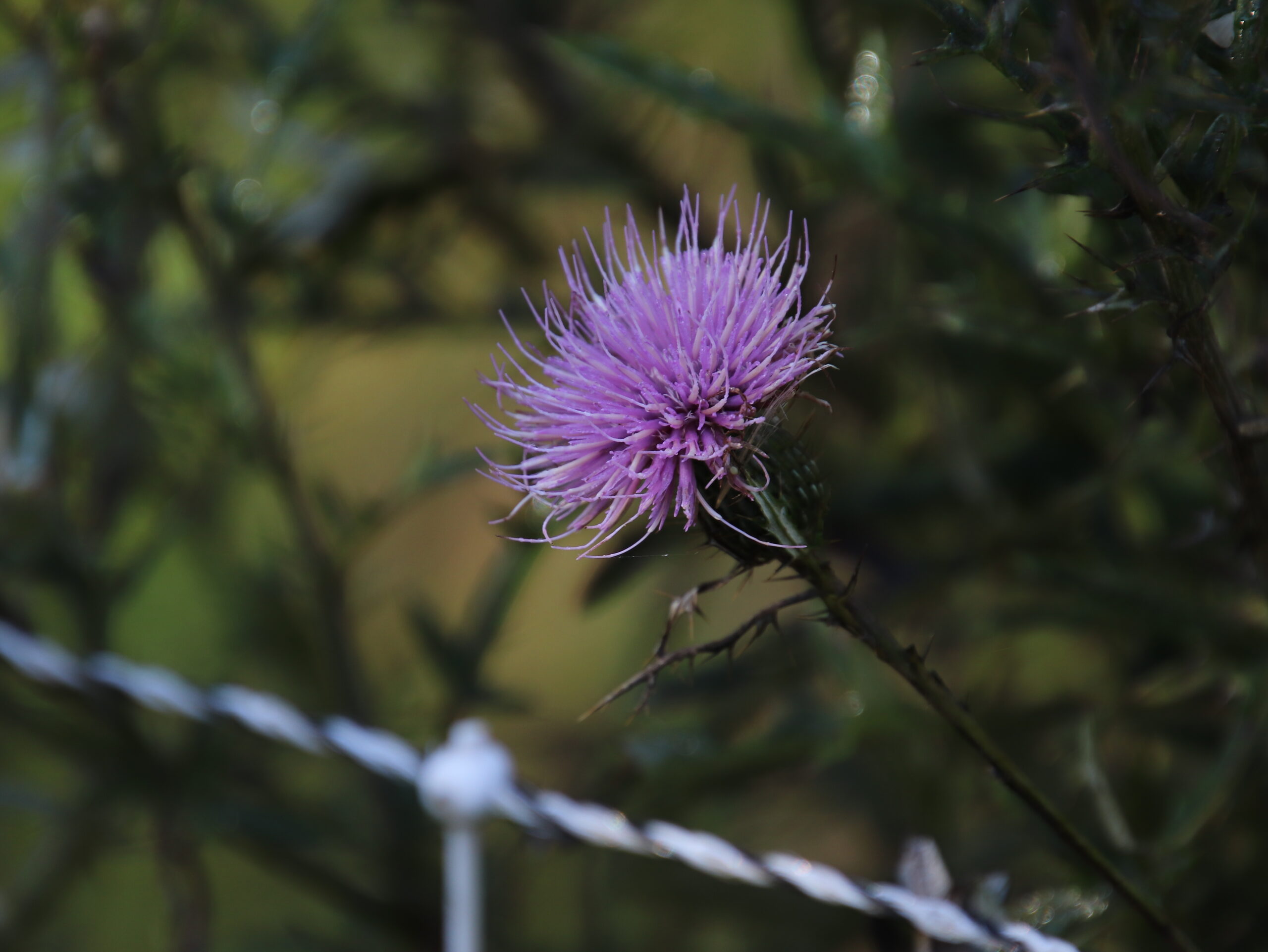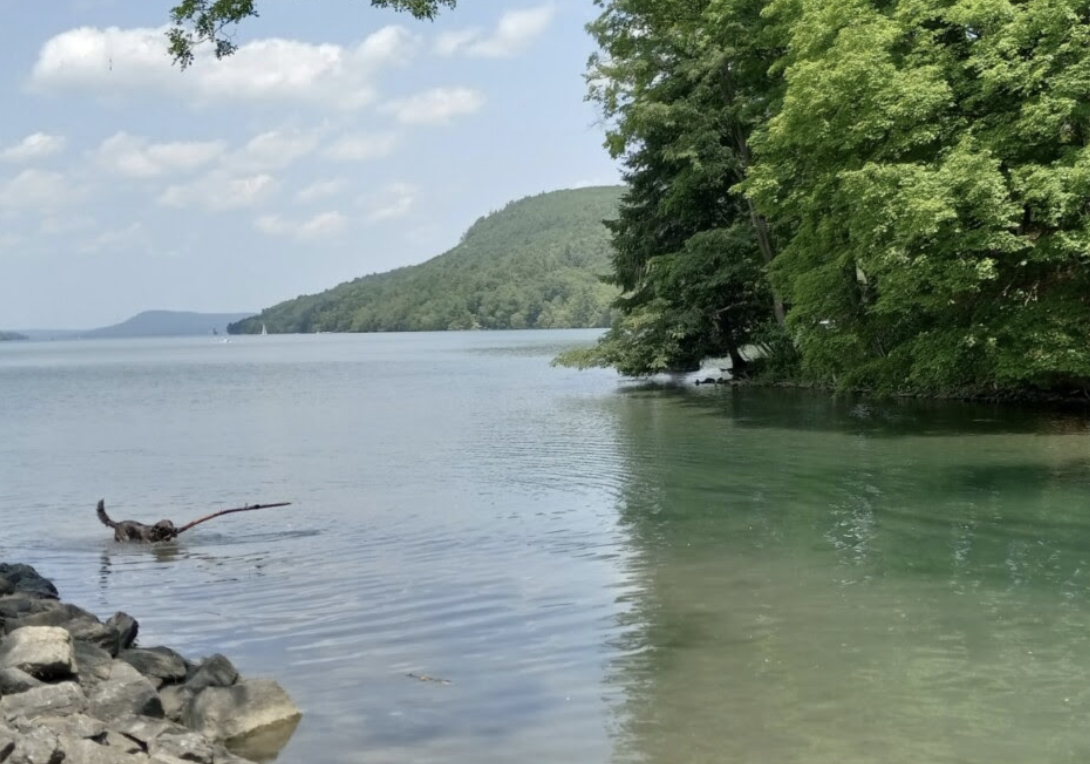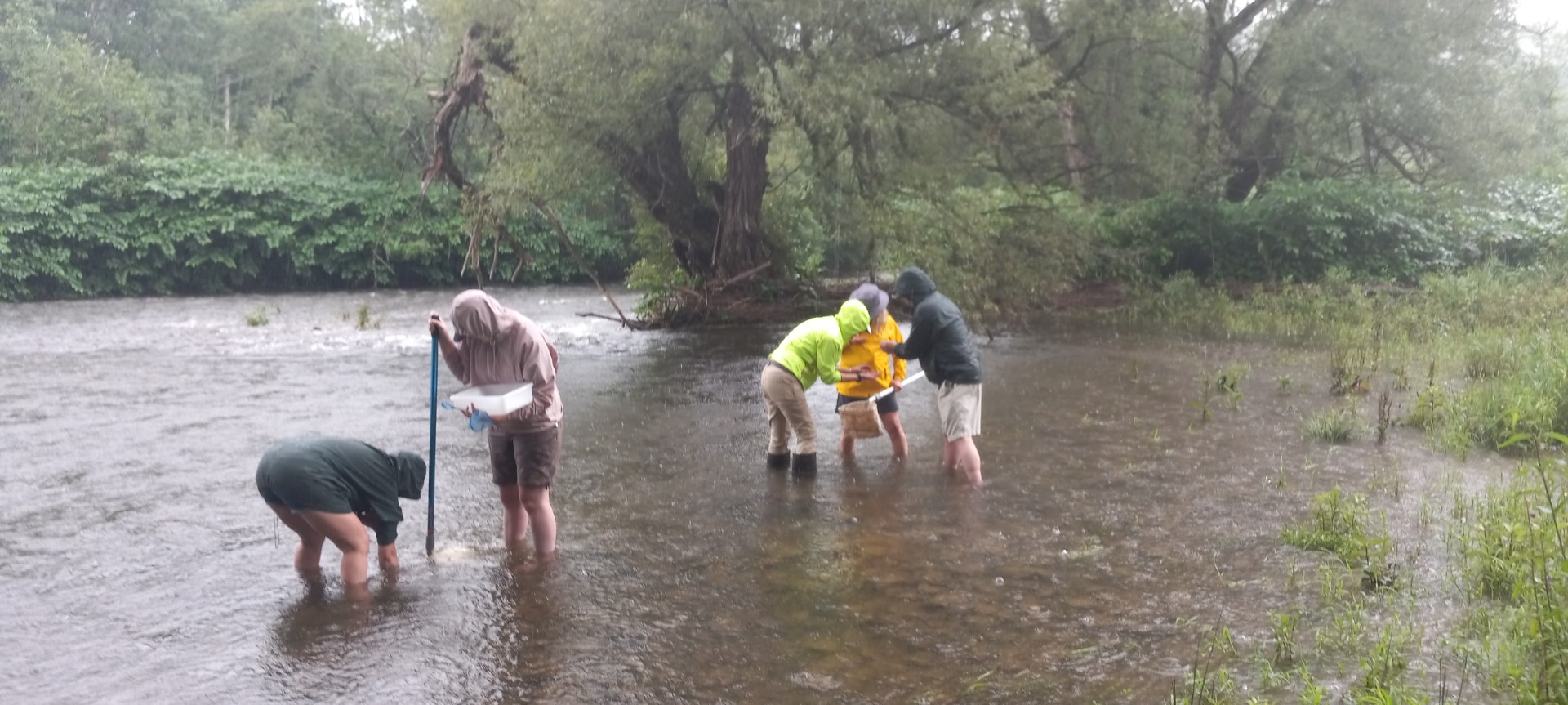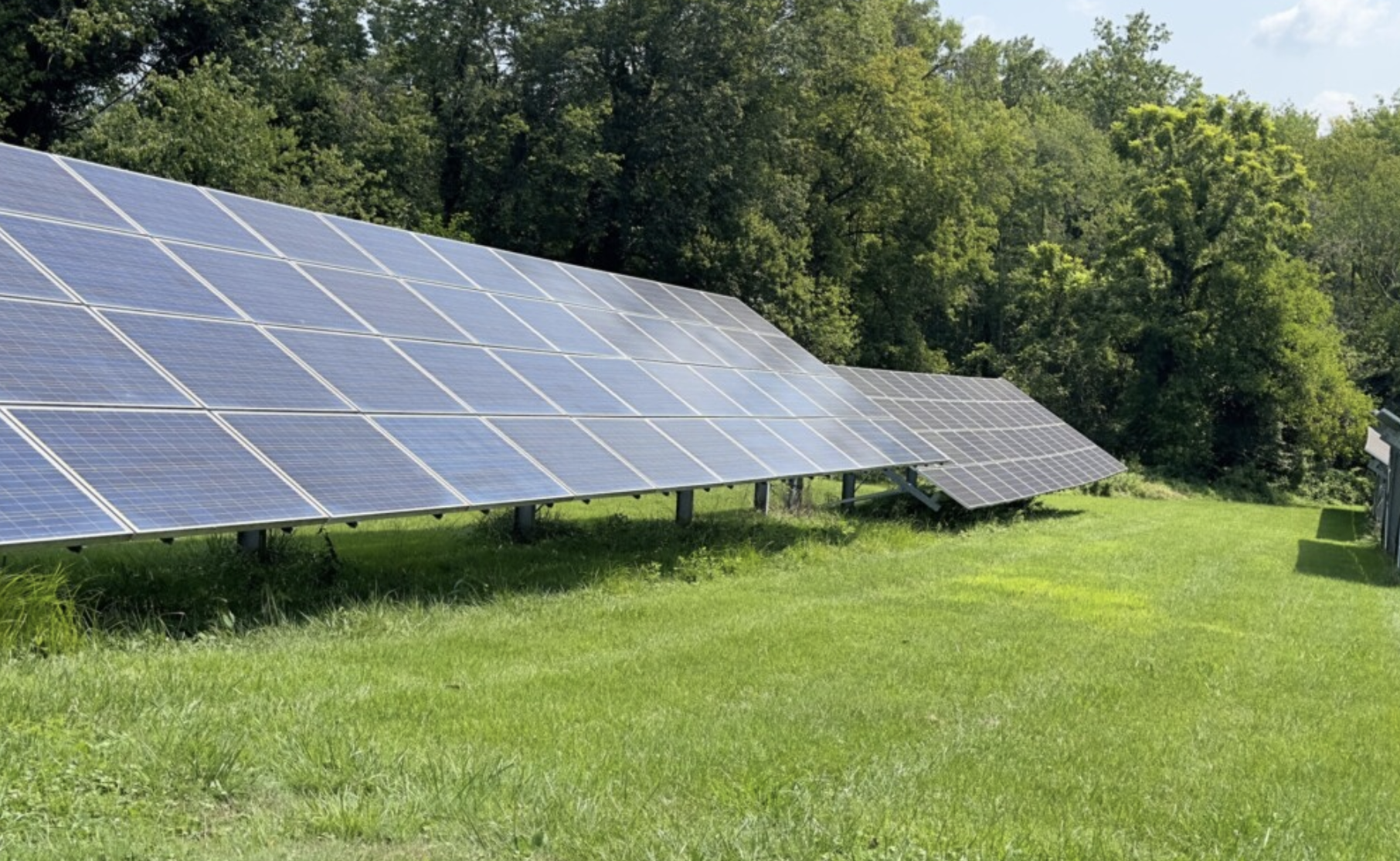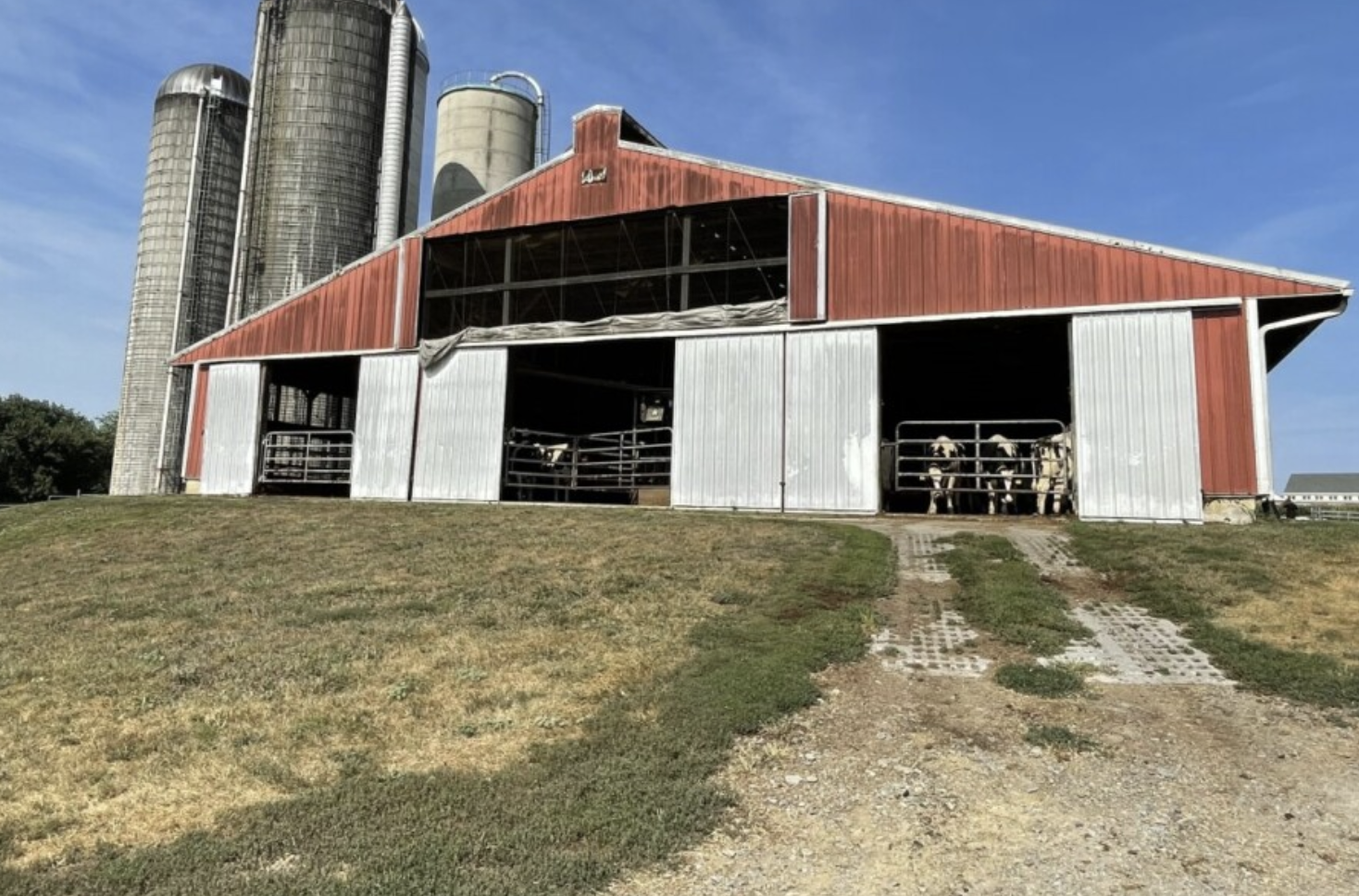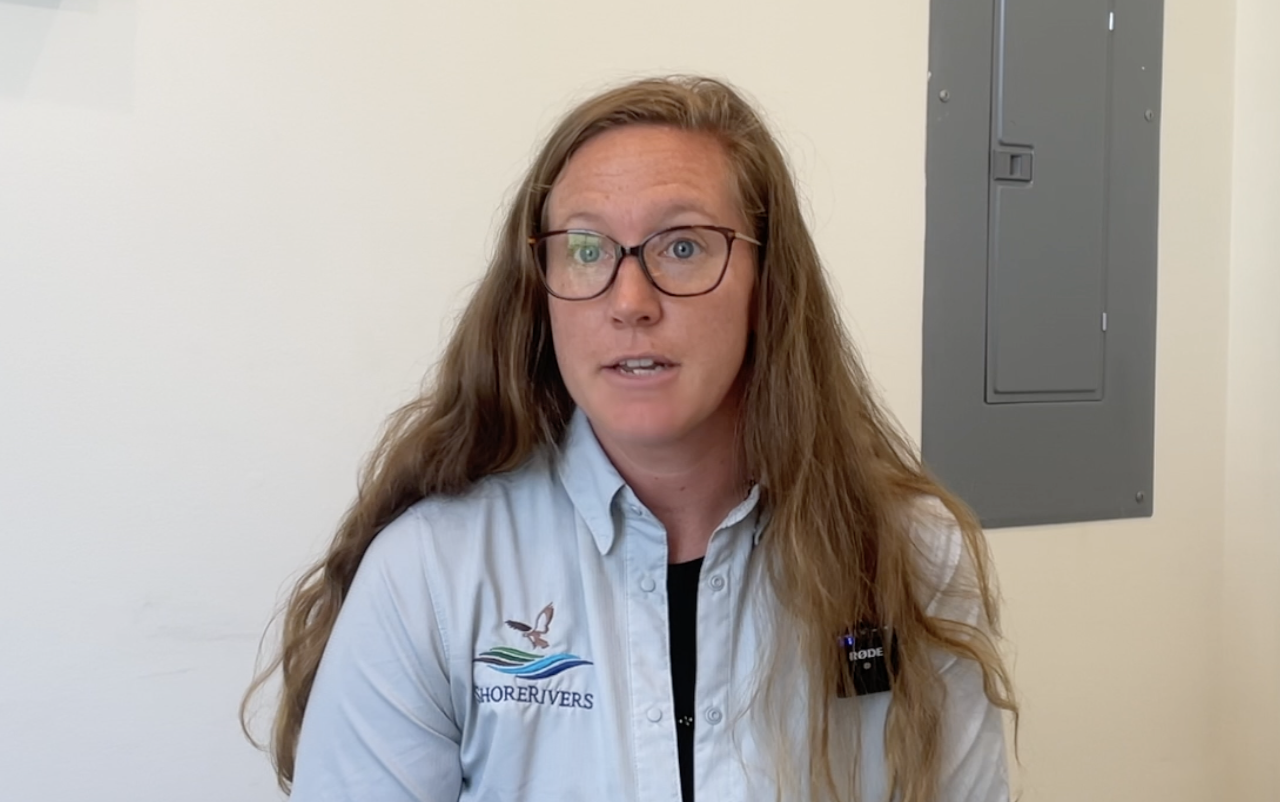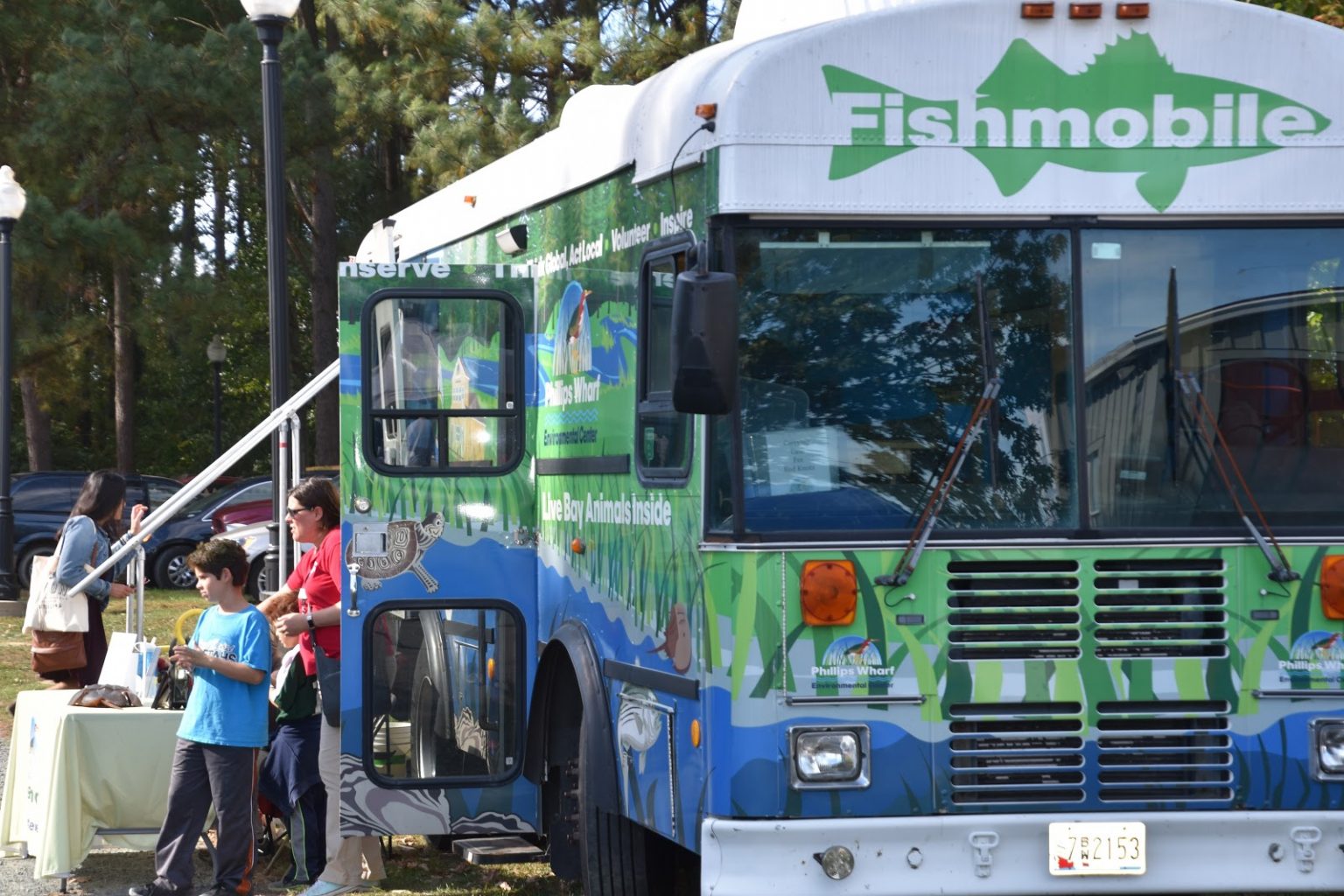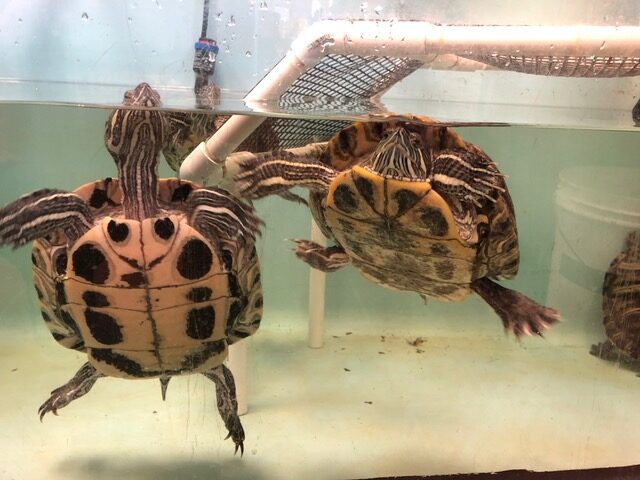Perfectly timed for the season is an otherworldly exhibition found in of all places at the St. Michaels Library. Dr. Andrew Thaler, a deep-sea ecologist and adjunct faculty at the University of Maryland Horn Point Lab, has assembled a miniature museum of bizarre sea creatures from the deep sea’s dark abyss.
On Monday, November 6th, at noon, Dr. Thaler will present a special Lunch & Learn lecture at the library, discussing these lifeforms. Having spent over 20 years researching deep-sea ecosystems, Thaler has countless fascinating stories to share. Attendees will learn how technological innovations are rapidly expanding our access to one of the planet’s last unexplored frontiers, and they’ll discover just how much wonder and mystery still lurk in the unseen majority of our world.
Currently, Thaler runs a small environmental consulting firm in St. Michaels focused on deep-sea policy and conservation technology. But his passion for the abyss began decades earlier as a child, the first in his family to express interest in marine biology. “I’ve always been interested in studying deep-sea hydrothermal vents,” he says. “They’re unlike anything else on Earth – these oases of life dependent not on sunlight but on chemical energy gushing from undersea hot springs.”
When pursuing his Ph.D. at Duke University, Thaler specialized in researching the environmental impacts of deep-sea mining, a burgeoning industry poised to tap into valuable seabed resources. For his graduate work, he traveled to a series of hydrothermal vents off Papua New Guinea, racing to catalog species and gather ecological data before miners could disrupt the pristine sites. “The good news is, the company ended up going bankrupt,” Thaler said. “So the vents I studied were never actually mined. But it was an amazing opportunity to explore this incredible environment before any harm was done.”
Now, as a researcher and advocate, Thaler continues working to develop frameworks that allow us to study and harness the deep sea’s potential resources while safeguarding its fragile ecosystems.
The specimens currently on display at the St. Michaels library come from the archives of Thaler’s mentor, legendary deep-sea ecologist Dr. Cindy Van Dover, the first woman to pilot the DSV (deep submergence vehicle) Alvin. Van Dover retired in 2019, and Thaler inherited her samples to continue the research she had begun. “Once you’ve collected something from the deep sea,” he said, “we have a moral duty to get as much knowledge as possible out of it. So that the impact of taking it from the deep sea isn’t lost, and we get the opportunity to learn something.”
Thaler curated the best of the samples into an educational mini museum – including the current star attraction, a giant deep-sea isopod.
Resembling a massive roly-poly or pillbug, this alien arthropod found deep in the Gulf of Mexico grows as big as a housecat, obviously dwarfing its terrestrial cousins. Thaler says the oddity appears to have become a destination for local curious kids, though some squeamish adults find it disturbingly huge and eerie. If that’s not mind-bending enough, there are also monstrous giant tubeworms, blind albino shrimp, scale worms that survive in near-boiling water, glass sponges, squat lobsters, and a menagerie of other creatures from the Gulf of Mexico, Atlantic Margin, and Western Pacific. As Thaler will explain, each organism hints at the outrageous forms evolution can take given the right conditions.
“There are some truly astounding animals down there,” says Thaler. “Some of the weirdest creatures you’ve ever laid eyes on.” Yet, as he explained, only a handful of researchers, let alone ordinary citizens, have ever glimpsed such organisms in their natural habitat. Historically, undersea exploration has lagged behind space investigation. “I used to joke that we have more robots on Mars than we have vehicles capable of exploring the deepest parts of the ocean,” he said.
But that has changed dramatically. Now, dozens of robotic and autonomous vehicles are capable of going into the bottom of the Mariana Trench. Besides the manned submersibles, live-streamed remotely operated vehicles (ROVs) allow shore-bound scientists virtual access to the seabed.
Still, most of us earthlings will never voyage to the abyss themselves. That’s what makes the St. Michaels exhibit so unique. “I don’t know of any other place where you can see specimens like this, from the deep ocean, somewhere so accessible as a public library,” says Thaler. “It’s a real testament to the library that they want to showcase something unusual yet evocative.”
Thaler hopes the creatures spark curiosity and wonder in visitors, especially children. He aims to share his own passion for the planet’s least explored realm. “We all share this amazing world, with incredible places most of us will never see firsthand,” said Thaler. “Yet they can still inspire us in meaningful ways.”
As part of his current research, Thaler is investigating how microplastics accumulate in the bodies of deep-sea organisms – a threat to vulnerable ecosystems we’ve scarcely begun to understand. But while environmental realities must be faced, a sense of awe persists.”The deep ocean is incredibly biodiverse,” says Thaler. “There are some of the most astounding animals down there. It’s an opportunity to discover something new and incredible, unlike anywhere else.”
Don’t miss this rare chance to glimpse the mysteries of the deep at your local library. Dr. Andrew Thaler’s upcoming lecture will illuminate how researchers are unveiling the wonders of the seabed while the ongoing exhibition lets you come face-to-face with denizens of the abyss. There is much left to explore.
Dr. Andrew Thaler will be the guest speaker for the November Lunch & Learn series at the St. Michaels Branch on Monday, November 6th, at noon. The deep-sea mini museum is currently on display until November 30th.



